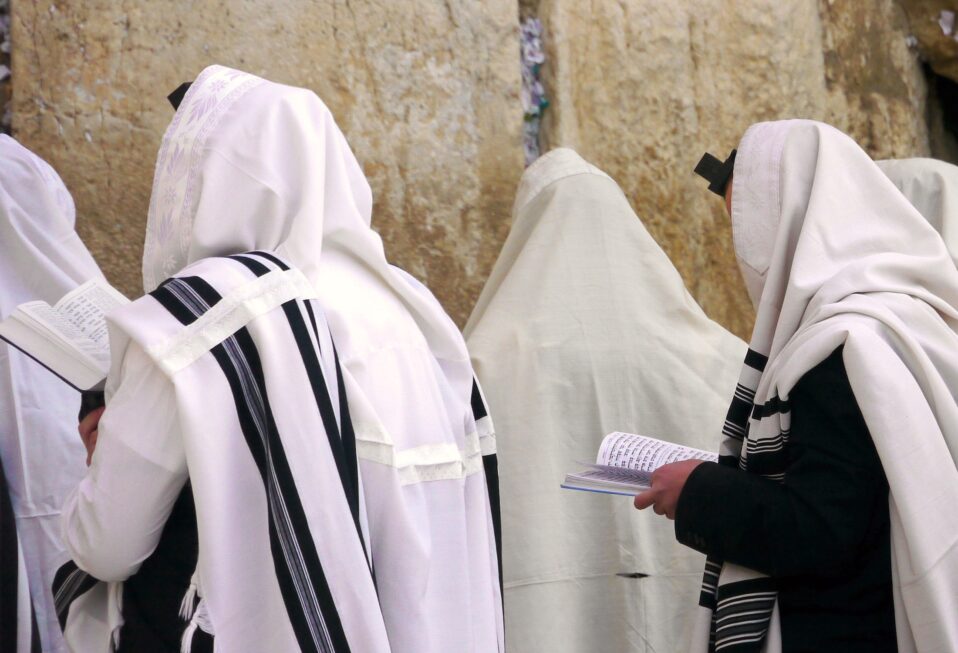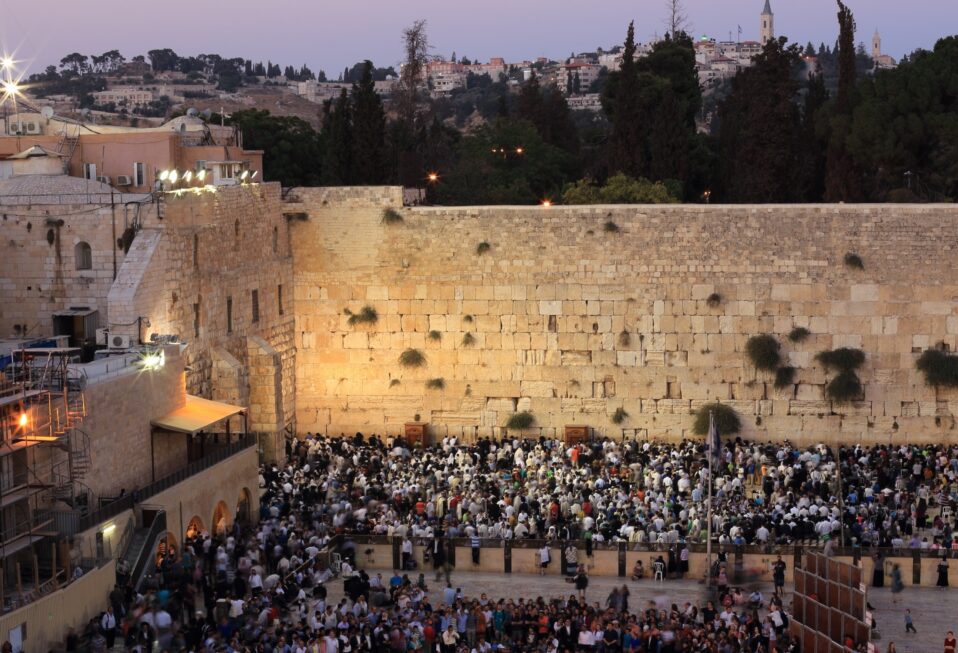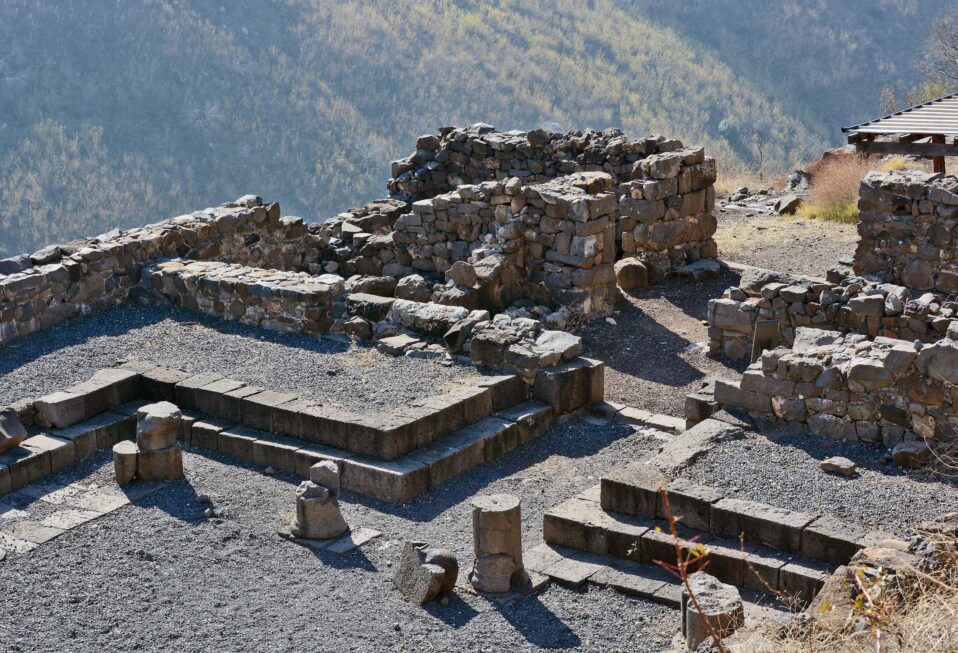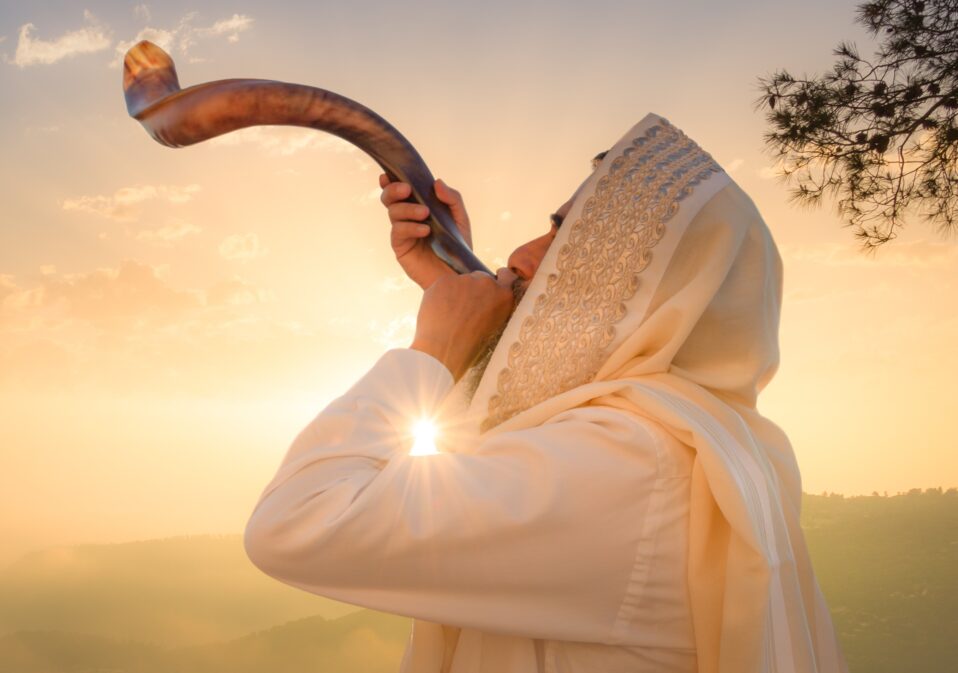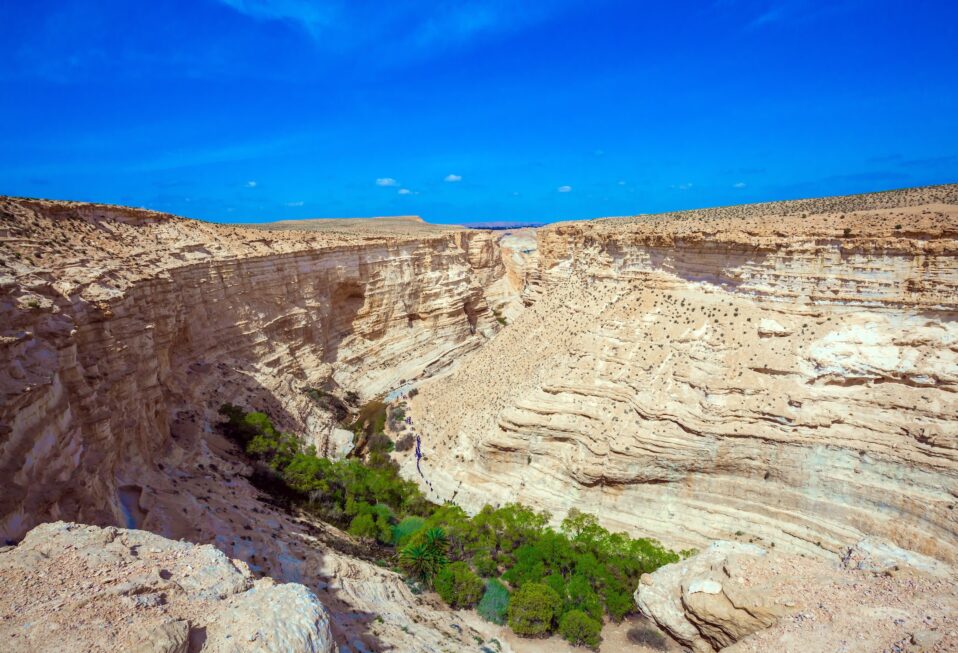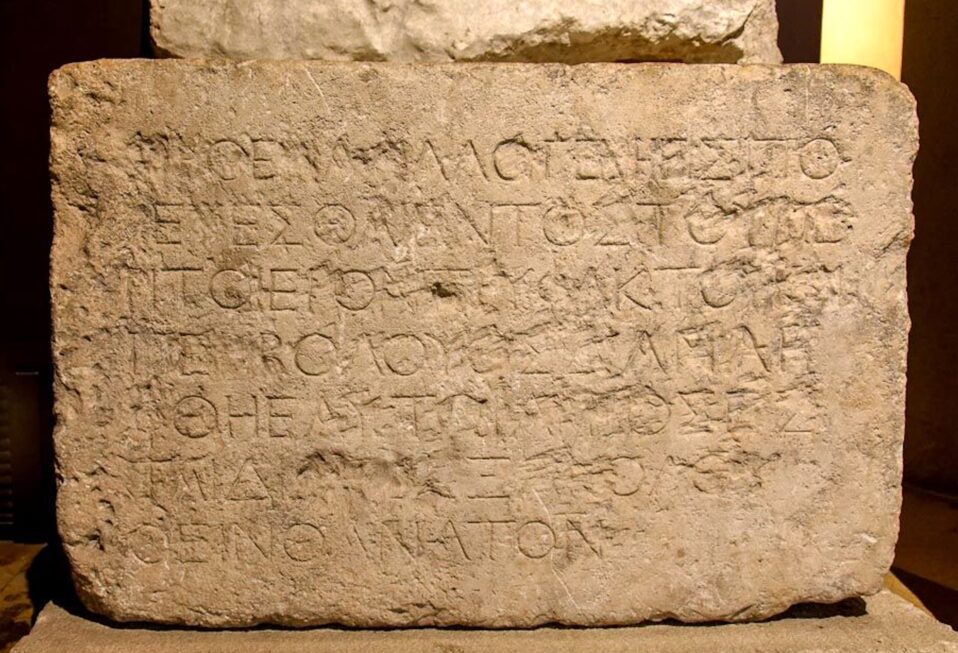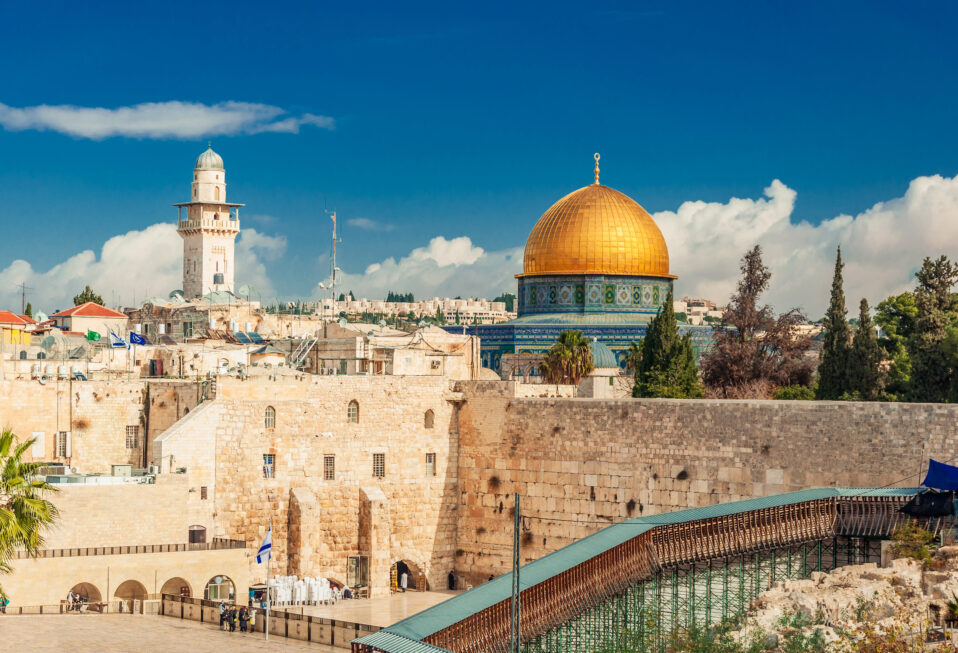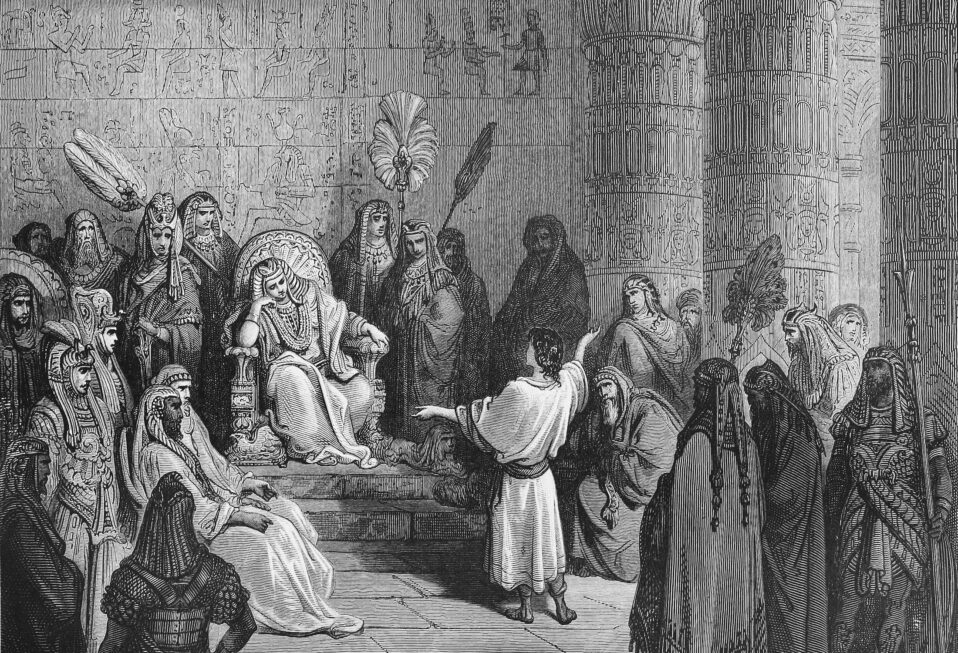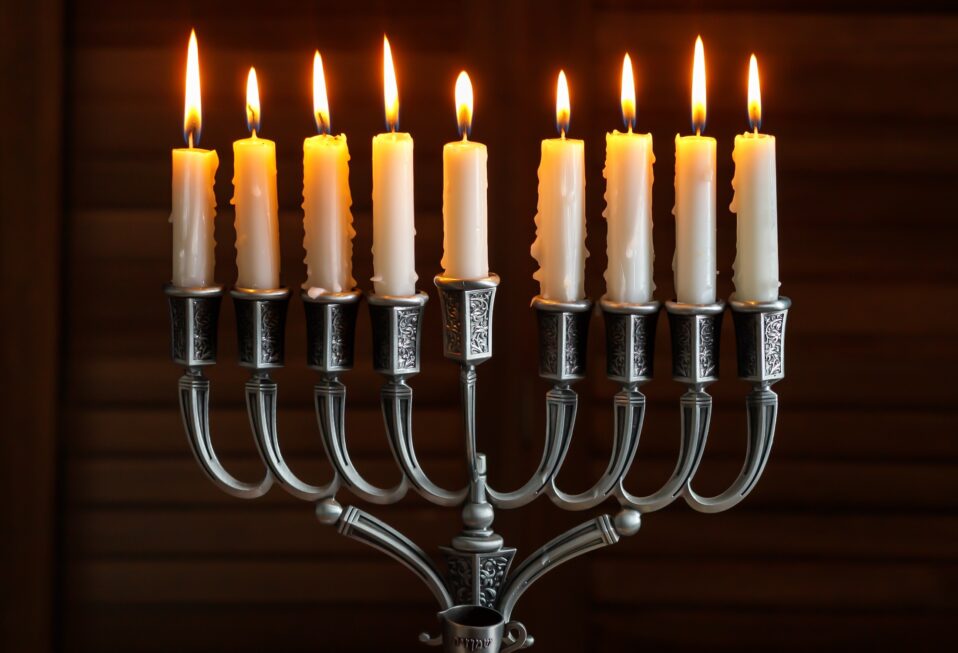By Arlene Bridges Samuels
On the eve of October 7—the most traumatic, consequential chapter for Jews since the Holocaust—you may be surprised to learn that Israel ranks as one of the happiest countries in the world. Ranked this year at number five, it may be hard to believe. Side note: the 2024 World Happiness Report showed that for the first time in 12 years, the U.S. is not on the top 20 list and now ranks at No. 23, compared to No. 15 last year.
Yet, at a home gathering last week in Atlanta, I met two dynamic Israeli women from Kibbitz Sde Nehemia in northern Israel. They made the 2024 World Happiness Report come alive. Sponsored by the Jewish National Fund (JNF), which has reached out tremendously with help, Efrat Eldan Schechter and Eti Madar Itzhak were brought here to talk about their lives as refugees in their ancestral homeland. They interwove their stories with a determination amid disaster that captivated and inspired me and 30 others, both Jews and Christians.
When Efrat described her pre-October 7 life in Kibbutz Sde Nehemia as “perfect,” I was surprised. After all, the world’s most powerfully armed terrorist organization, Hezbollah, has occupied Lebanon for more than 30 years. Yet despite intermittent rocket fire and two Lebanon wars, kibbutz families built a wonderful life. That is until October 8, 2023, when Hezbollah began launching drones and firing rockets every day into northern Israel. Destroyed homes and buildings now shroud once-thriving crops, trees, and flowers, with more than 30,000 acres of land burned.
Efrat described her community as a beautiful place with wonderful people. Located in the upper Galilee, Kibbutz Sde Nehemia was established in 1940 before Israel became a modern state in 1948. It is situated between the Golan Heights and is about 3.5 miles from Lebanon.
Some 1,288 Israelis called Sde Nehemia home. There, community celebrations, festivals, schooling, work, and walks created a big family of relatives and best friends. Efrat saw her mother every day, and her three children played and attended school with their friends. Despite Lebanon being just three miles away, the community’s resilience kept them moving forward—resolute on living, enjoying, and contributing to the world’s only Jewish homeland.
However, a dramatic, heart-wrenching change began on October 8, 2023, when Hezbollah began firing rockets daily into northern Israel. Try to imagine rockets from a neighborhood near you; every day for no reason other than pure hatred and terror. Some residents began evacuating on their own. Then the Israeli government forced 60,000 northern Israelis to evacuate their homes and communities—setting the stage for disarming terrorist Hezbollah to create a safe zone so their citizens can return.
Efrat and Eti went on to describe their uprooted lifestyle, formerly a beautiful kibbutz with strong, lifelong community relationships. One of the saddest realities is that extended families are often separated, moving around from place to place and not always being in the same locations. Efrat related that her mother is living in a hotel room, unable to cook and care for her family or see her grandchildren, now three hours away from Efrat. Israelis are reaching out to each other continually to offer any extra rooms, but hotels can be the only option for those forced to leave home.
Efrat and Eti’s lives are representative of over 100,000 Israelis internally displaced. They are refugees in their own land, from both the south (next to Hamas-occupied Gaza) and the north (next to Hezbollah-occupied Lebanon). While Israel has miraculously conducted and is currently engaged in successful defenses against Hamas and Hezbollah, there’s a long way to go.
Nevertheless, stated Prime Minister Netanyahu in his speech at the United Nations on September 27, “We face savage enemies who seek our annihilation, and we must defend ourselves against these savage murderers, [who] seek not only to destroy us but also destroy our common civilization and return all of us to a dark age of tyranny and terror.” The Israeli Air Force proved his statements true, that “There is no place in Iran that the long arm of Israel cannot reach and that is true of the entire Middle East.” As he spoke, Israeli jets were in the air to make sure Hassan Nasrallah and other terror group leaders met their justifiable deaths. Now, Houthi targets in Yemen have experienced Israel’s long arm of justice.
Within Sde Nehemia, each day before their evacuation Efrat was faced with a decision: Should I send my children to school or keep them home? Which is safer today? Her three children, ages 12, 15, and 18, are long gone from their kibbutz, as are their evacuated teachers. Efrat’s 18-year-old is a senior in high school, her classmates are scattered all over Israel, and their education is disrupted.
Eti’s children are much younger, and their safety is also uppermost. Her worries increased when her husband served with the IDF in Gaza for six months. He is back home now, yet the IDF’s deployment of reserves and current soldiers remains a harsh reality for many women who are not only mothers, but wives of husbands deployed. Some figures estimate that since October 7, some 300,000 to 400,000 soldiers are in and out of the fighting.
Efrat and Eti spoke eloquently about their commitments to return to their kibbutz, emphasizing that with their special connection they will not walk away and start over in another place. They could, but they won’t. Efrat and Eti, both professional women and mothers, are not sitting still while they wait. They are expressing their advocacy though a new organization, Lobby 1701, which represents 60,000 residents evacuated from northern Israel.
This civilian group based its name on the 2006 UN Resolution 1701 to end the Second Lebanon War—a sound, diplomatic resolution. However, the UN and the Lebanese government did not implement the UN Security Council agreement on Resolution 1701. Simply put: Hezbollah was to disarm. But they refused such a demand—and thus made southern Lebanon a stronghold for terrorists. Lobby 1701 works to prevent a repeat of the October 7 massacre. Understand: Diplomacy does not work with terrorists. Learn more about it here.
One action Lobby 1701 implemented was a letter last December to President Biden and the United States National Security Council. While Biden and other world leaders have been calling for a ceasefire, Lobby 1701 demands that Israel can ensure the return of displaced residents to their homes, either through diplomatic means or via a military operation to remove threats.
Rosh Hashanah, Israel’s new year (5785) commenced yesterday, October 2. In the Torah, another year began by sounding the shofar, Yom Hateruah, to proclaim God as King of the Universe.
So why is Israel number 5 on The World Happiness Report? Jews live in their ancient land, their ancestral homeland! Although wars and terror against Israel have filled the last decades, the Jews’ sense of belonging in the land God deeded to them thousands of years ago is ever present. It is the perfect match!
The God of Abraham, Isaac, and Jacob has kept His promises and returned Jews to their native homeland! Israel is the only Jewish nation in a world made up of 192 other countries. In Jeremiah 29:14 we read, “I will be found by you, says the LORD, and I will bring you back from your captivity; I will gather you from all the nations and from all the places where I have driven you, says the LORD, and I will bring you to the place from which I cause you to be carried away captive.”
Home is to be a place of refuge, comfort, and memories. That is what Efrat, Eti, and all Jewish Israelis long for. May it be so.
We invite you to join our CBN Israel team to pray with thanks for God’s sovereignty for us and for His chosen people.
Prayer Points
- Pray for comfort for families living apart due to danger from terror attacks.
- Pray for children who have lost a year of schooling.
- Pray for parents, deployed and at home, due to terrorists still aimed at destroying them.
- Pray for Prime Minister Netanyahu and his Security Cabinet for safety and strength.
Arlene Bridges Samuels is the weekly feature columnist for CBN Israel since 2020. Working on the staff of the American Israel Public Affairs Committee (AIPAC) as their SE Regional Outreach Director for nine years, International Christian Embassy Jerusalem USA engaged her as the Leadership Outreach Director part-time for their project American Christian Leaders for Israel. Arlene is an author at The Blogs-Times of Israel, is published at AllIsrael.com and The Jerusalem Connection, and has traveled to Israel since 1990. By invitation, she attends Israel’s Government Press Office Christian Media Summits as part of Christian media worldwide. In 2024, Arlene and her husband Paul co-authored Mental Health Meltdown: Illuminating the Voices of Bipolar and Other Mental Illnesses. www.TheMentalHealthMeltdown.com.


